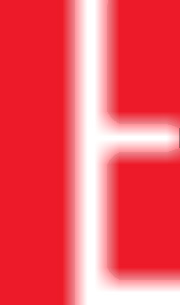

Back in the early sixties my father designed and built a communications device. It consisted of a rectangular housing with a transparent red plastic plate in front. The plastic plate covered a plywood sheet with horizotal slots cut in it. It had a keyboard. Pressing a key would activate the corresponding light inside the housing illuminating a horizontal bar. The position of the bar from top to bottom corresponded to a letter in the alphabet. It allowed the sender to send an encoded message by spelling a word one letter at a time.
This worked similar to ship-to-ship communications with flashing lights which allowed the sender to send Morse code. This allowed communication between ships during the war without the need for radio signals which would have alerted the enemy.
When the symbols my father used for his communications device were written on paper they formed an alphabet. The symbols were much easier to read then many of the world’s alphabets, numbers and graphic characters. If my father’s alphabet had been introduced centuries ago it would have been eagerly adopted instead of those squiggles that many countries still use today. He had the right idea but at the wrong time.
He would have liked to have seen his alphabet put to some practical use in this day and age. What he really wanted is for people to use his alphabet as their regular alphabet. It seems unlikely seeing how people are so resistant to change these days.
Perhaps it could be used as a bar code. We have bar codes today but they cannot be read by most people. How do we know what they really mean? My father’s alphabet can be read as easily by humans as well as machines.
Another possibility is that his alphabet could be used in certain situations to send messages to recipients who didn’t have any means of receiving data or radio transmission. The message could be delivered by drones or vessels underwater by flashing lights in the same manner as the communication device my father invented. The horizontal bars would move up and down a vertical bar spelling out words one letter at a time.
Thank you for reading this and your interest in my father’s alphabet. Please listen to the minister read his eulogy on You Tube to learn more about him. The link is on the homepage.
 |
 |
Are you smart enough to know what this means?